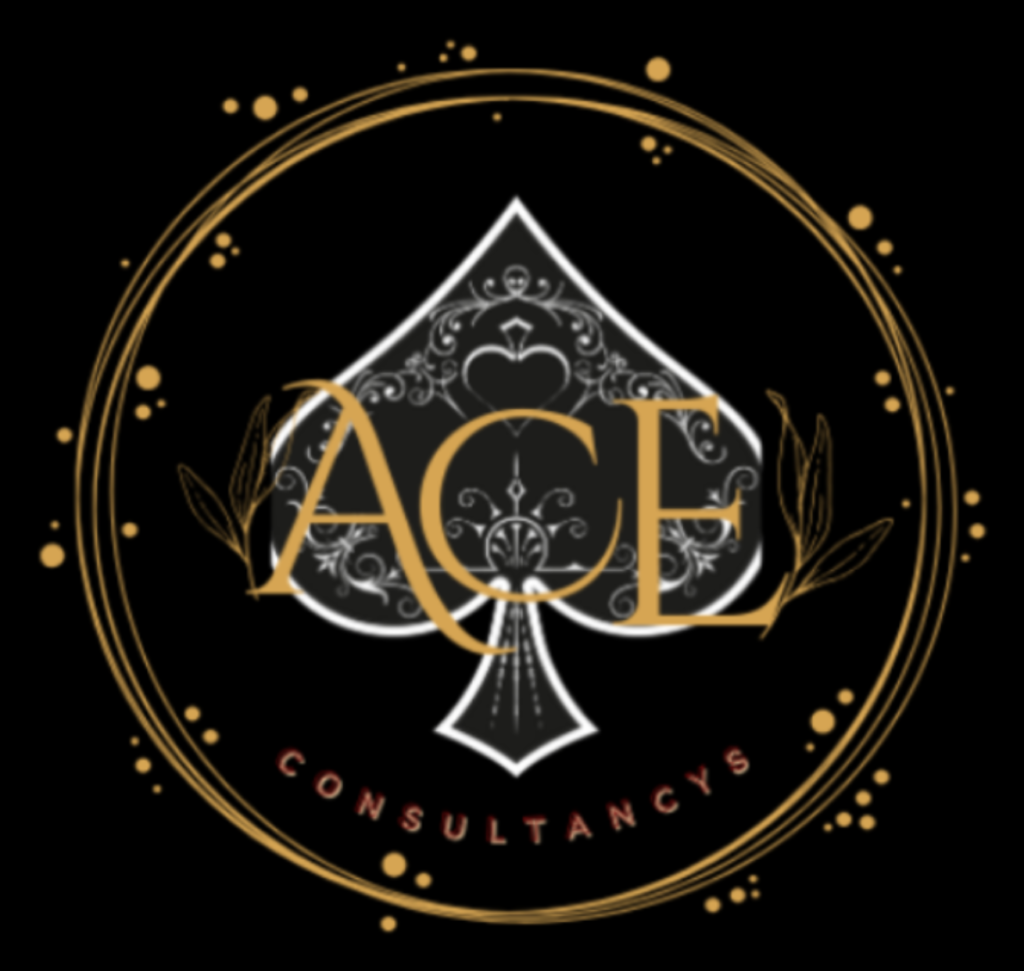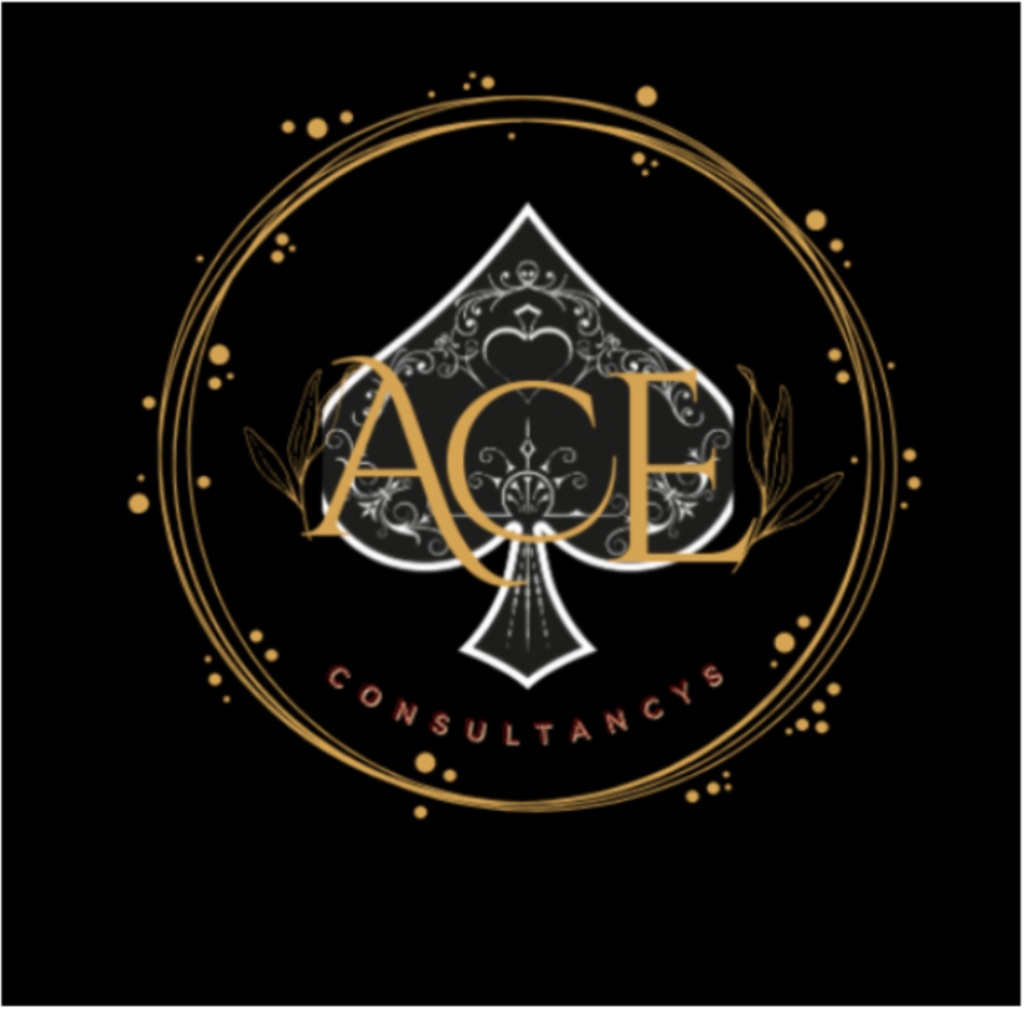Introduction
Customer Relationship Management (CRM) systems have become essential tools for businesses seeking to enhance customer relationships and drive growth. However, CRM implementation is fraught with challenges, with a staggering 30% of CRM projects failing to meet expectations, according to Forrester Research. The common CRM implementation mistakes can derail even the most promising digital transformation initiatives. Understanding these pitfalls is crucial for businesses that want to maximize their return on investment and avoid the frustration of a failed implementation. This article explores the most common CRM implementation mistakes and provides practical strategies to help your organization navigate the implementation process successfully.
Inadequate Planning and Strategy Development
The foundation of any successful CRM implementation begins with comprehensive planning. Unfortunately, 43% of companies dive into CRM implementation without establishing clear objectives or mapping out processes, according to a study by Salesforce. Without a well-defined strategy, organizations often find themselves with a powerful tool that doesn’t align with their business needs.
Before selecting a CRM system, take the time to outline your specific business goals and expectations. What problems are you trying to solve? What processes need improvement? Who will use the system, and how? Document your current workflows and identify opportunities for optimization. Establish key performance indicators (KPIs) to measure success and ensure all stakeholders understand the expected outcomes. Remember that CRM implementation is not just an IT project—it’s a business initiative that requires input from all departments.
Neglecting User Adoption Strategies
Even the most sophisticated CRM system is worthless if employees don’t use it. User adoption remains one of the biggest challenges in CRM implementation, with 65% of organizations citing it as their greatest CRM challenge, according to a SuperOffice survey. Many businesses focus exclusively on technical aspects while neglecting the human element of implementation.
To avoid this common CRM implementation mistake, develop a comprehensive adoption strategy before rollout. Start by involving end-users in the selection and implementation process. When employees feel ownership of the system, they’re more likely to embrace it. Provide thorough training tailored to different user groups and their specific needs. Consider appointing CRM champions within each department who can provide peer support and encourage adoption. Most importantly, communicate the benefits of the CRM system to end-users—how will it make their jobs easier and more efficient?
Poor Data Quality Management
Data is the lifeblood of any CRM system, yet many organizations fail to prioritize data quality during implementation. IBM estimates that poor data quality costs US businesses approximately $3.1 trillion annually. Importing inaccurate, duplicate, or outdated information into your new CRM system will undermine its effectiveness from day one.
Before migration, conduct a thorough data audit to identify and clean up existing customer information. Establish data standards and governance policies to maintain quality moving forward. Define clear data ownership and accountability across departments. Consider implementing validation rules and data enrichment tools to enhance information quality. Remember that data quality is not a one-time effort but an ongoing commitment that requires regular maintenance and cleaning procedures.
Attempting Too Much Too Soon
Ambition is commendable, but attempting to implement all CRM features simultaneously often leads to confusion and overwhelm. A phased approach is generally more successful, allowing users to adapt gradually and providing opportunities to address issues before moving forward.
Begin with core functionality that addresses your most pressing business needs. Once users have mastered these essential features and processes, gradually introduce additional capabilities. This approach allows you to demonstrate early wins, build momentum, and adjust your implementation strategy based on feedback and results. According to Gartner, organizations that implement CRM systems in phases are 34% more likely to report successful outcomes than those pursuing all-at-once implementations.
Insufficient Executive Sponsorship
CRM implementation requires cultural change and organizational commitment. Without active support from leadership, these initiatives often falter or fail entirely. According to Prosci research, projects with excellent executive sponsorship are 3.5 times more likely to meet or exceed objectives than those with poor sponsorship.
Secure buy-in from key executives before beginning your CRM implementation. Ensure they understand the strategic importance of the project and are willing to visibly champion its adoption. Executive sponsors should communicate the value of the CRM system, allocate necessary resources, and help remove obstacles that might impede progress. Their involvement signals to the entire organization that CRM adoption is a priority and not just another IT project.
Inadequate Training and Support
Many organizations underestimate the training required for successful CRM adoption. A brief orientation session is rarely sufficient to help users become proficient with new software and workflows. Moreover, support often diminishes after the initial implementation, leaving users frustrated when they encounter inevitable challenges.
Develop a comprehensive training program that addresses different learning styles and user roles. Consider a combination of group sessions, one-on-one coaching, video tutorials, and reference materials. Remember that training shouldn’t end after implementation—provide ongoing education as users become more sophisticated and as system capabilities evolve. Establish accessible support channels for users to get help when needed, whether through internal resources or vendor assistance. According to Nucleus Research, companies that invest in CRM training see up to 15% higher returns on their CRM investment.
Neglecting System Integration
A CRM system that functions in isolation from other business applications creates information silos and inefficiencies. Many organizations fail to properly integrate their CRM with existing systems like ERP, marketing automation, e-commerce platforms, or customer service tools. This lack of integration forces users to switch between multiple systems and manually transfer data, reducing productivity and increasing the risk of errors.
Identify all systems that should share data with your CRM before implementation begins. Work with your CRM vendor or implementation partner to develop integration strategies that enable seamless data flow between applications. Consider using middleware or API-based integration tools if direct connections aren’t available. Prioritize real-time syncing where possible to ensure all systems reflect the most current information. Well-integrated systems not only improve efficiency but also provide more comprehensive customer insights by consolidating data from multiple touchpoints.
Conclusion
Successful CRM implementation requires careful planning, strong leadership, user engagement, quality data management, phased deployment, comprehensive training, and thoughtful system integration. By avoiding these common CRM implementation mistakes, your organization can realize the full potential of your CRM investment and create lasting value for both your business and your customers.
Remember that CRM implementation is not a one-time project but an ongoing journey of refinement and optimization. Regularly assess your system’s performance against your established KPIs and be prepared to make adjustments as your business evolves and user proficiency increases. With proper attention to these critical factors, your CRM system can become a powerful competitive advantage rather than a costly disappointment.
We’d love to hear about your experiences with CRM implementation. What challenges has your organization faced, and what strategies have proven most effective? Please share your thoughts in the comments below and consider sharing this article with colleagues who might benefit from these insights.
FAQ
1. How long does a typical CRM implementation take?
Most CRM implementations take 2-4 months for small to mid-sized businesses. Enterprise-level implementations may require 6-12 months depending on complexity and customization needs.
2. What’s the average ROI for CRM systems?
Companies typically see $5-$8 return for every $1 invested in CRM, with improved lead conversion (29%) and sales productivity (34%) being primary drivers.
3. Is cloud or on-premise CRM better?
Cloud-based solutions offer lower upfront costs and easier maintenance, while on-premise provides greater customization and control. Most businesses (87%) now choose cloud solutions for scalability.
4. How can we improve user adoption?
Focus on comprehensive training, involve users in the implementation process, demonstrate clear benefits, and appoint departmental champions to provide peer support.
5. What’s the most common reason CRM implementations fail?
Poor data quality and inadequate user adoption strategies are the leading causes of implementation failure.
Read More : https://aceconsultancys.com/crm-features-for-small-businesses/










